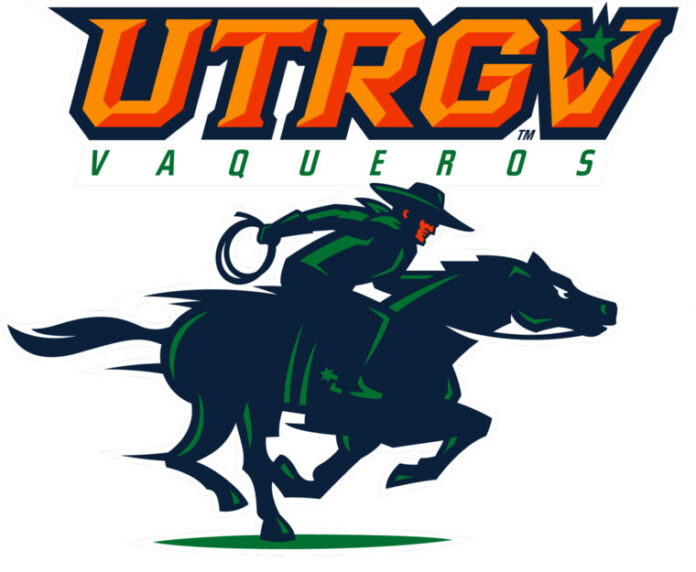Physicists with the University of Texas Rio Grande Valley helped make history with the first ever detection of gravitational waves, which occurred last September and was announced in February at a press conference in Washington D.C.
Now it’s happened again. On Dec. 26, a second detection took place at the same facility that registered the first event: the Laser Interferometer Gravitational Wave Observatory (LIGO) in Livingston, Louisiana.
The UTRGV Center for Gravitational Wave Astronomy in Brownsville works closely with LIGO, and the algorithm that made the detection possible in both cases was developed by UTRGV physics professors Soumya D. Mohanty and Malik Rakhmanov in collaboration with University of Florida faculty.
UTRGV’s gravitational wave team shared a $3 million Special Breakthrough Prize in Fundamental Physics awarded after the first detection, a feat that involved more than 1,000 scientists around the world working collaboratively.
Mario Diaz, director of the gravitational wave center in Brownsville, said the second set of waves, like the first, was created by a collision of black holes that occurred well more than a billion years ago.
This time, however, the signals were much weaker and harder to verify because the black holes involved were smaller, he said. Diaz said it’s being called the “Boxing Day” event after the United Kingdom holiday falling on Dec. 26.
The second event was expected, since LIGO proved itself capable of detecting gravitational waves, though no one could have predicted when it would take place.
“It needed to happen,” Diaz said.
He said another weaker detection likely took place at LIGO in October, though it hasn’t been confirmed. The two confirmed detections have been very satisfying, Diaz said.
“It’s extremely rewarding,” he said. “A lot of people … thought we were sort of looking for a pie in the sky, or counting how many angels can sit on the head of a pin.”
Asked how he would communicate the importance of such abstract scientific pursuits as gravitational wave research to a general audience, Diaz said that anything that heightens understanding is good.
Gravitational waves carry information about the universe that can’t be obtained any other way. Being able to detect them is, in some ways, like being able to see for the first time, according to scientists.
“In principal, understanding nature better is always important, even if sometimes you’re not quite sure what’s going to happen with that particular understanding,” Diaz said.
There’s also the nuts-and-bolts aspect: Diaz said development of the LIGO facility in Louisiana and its twin in Hanford, Washington, built to corroborate potential detections, represent the most precise measuring device humans have ever conceived. He described it as a “marvel of engineering.”
The far-reaching advances in materials science and other technology required to make LIGO a reality have immediate application in any number of other industries, which will inevitably lead to a blizzard of spin-off technology, he said.
“A good example I always tell about it is when James Maxwell in the 19th century predicted electromagnetic waves,” Diaz said. “A few years after that, Heinrich Hertz … made an experiment and produced electromagnetic waves and detected them in a lab.
“And there was a journalist that interviewed him, and he asked him, ‘Dr. Hertz, what are electromagnetic waves good for?’ And he said, ‘I don’t think they’re good for anything.’ He couldn’t think of anything they were good for. Our entire civilization is based on electromagnetic waves now. We couldn’t survive without them.”




